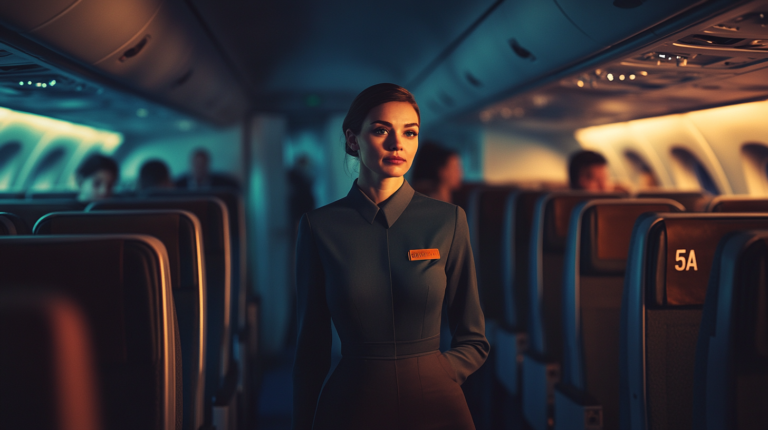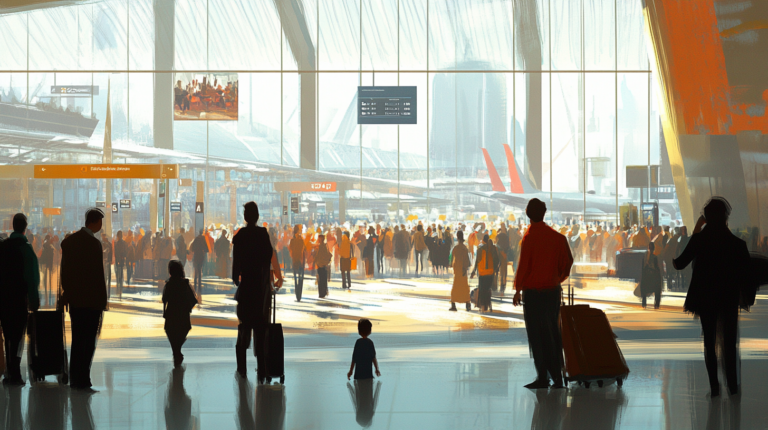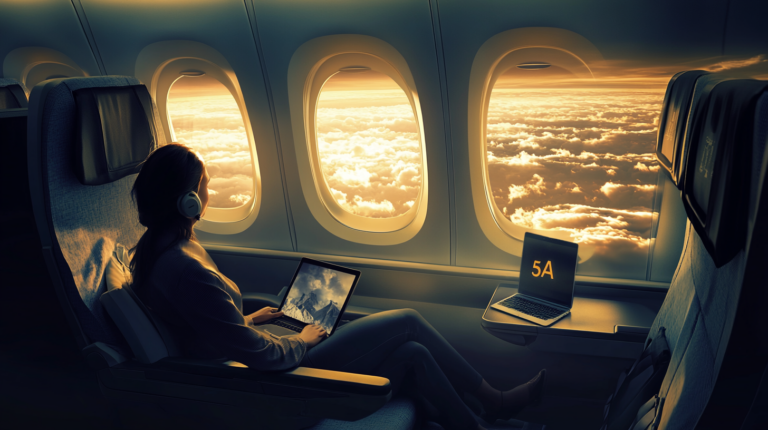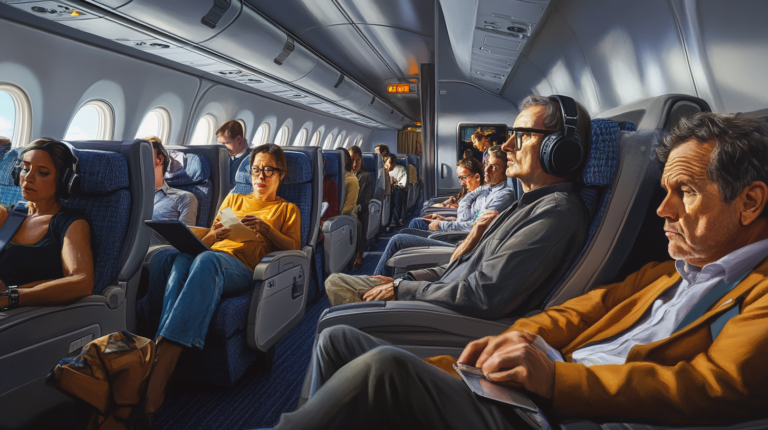Unveiling the Worst Seats on a Plane: What to Avoid for a Comfortable Flight
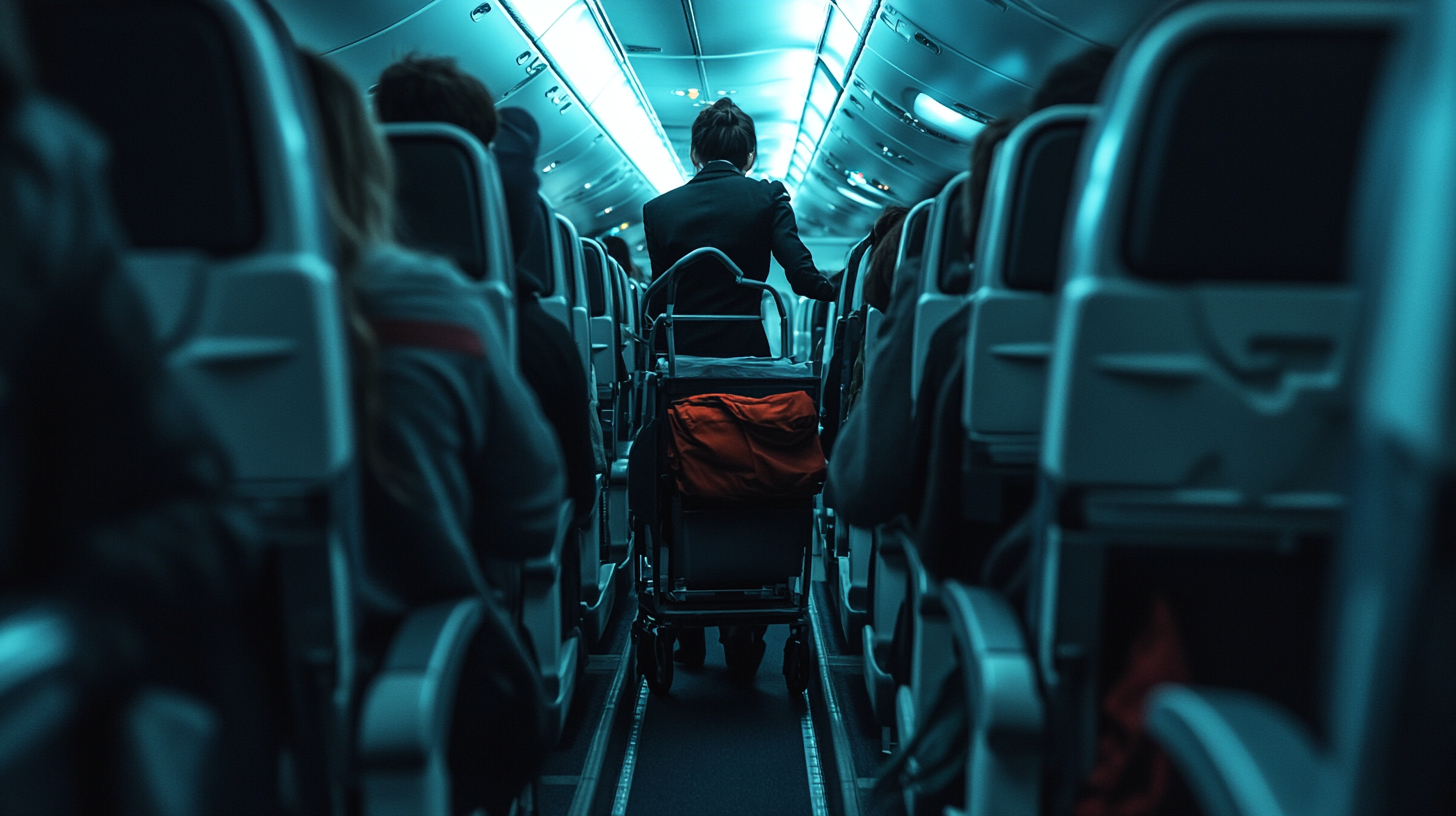
Air travel has woven itself into the fabric of modern life, shrinking the world and bringing distant destinations within reach. Whether you’re a seasoned globetrotter or embarking on a once-in-a-lifetime adventure, the journey begins the moment you step onto the aircraft. While advancements in airplane technology have made flying more accessible and efficient than ever before, not all seats are created equal. A flight seat isn’t just a number on your boarding pass; it’s your personal space for the duration of the voyage, and it can significantly influence your travel experience. Selecting the right seat can mean the difference between a restful journey and hours of discomfort, especially on long-haul flights. This article delves deep into the least desirable seats on a plane and offers invaluable insights on how to avoid them for a more comfortable journey.
Understanding What Makes a Seat Uncomfortable
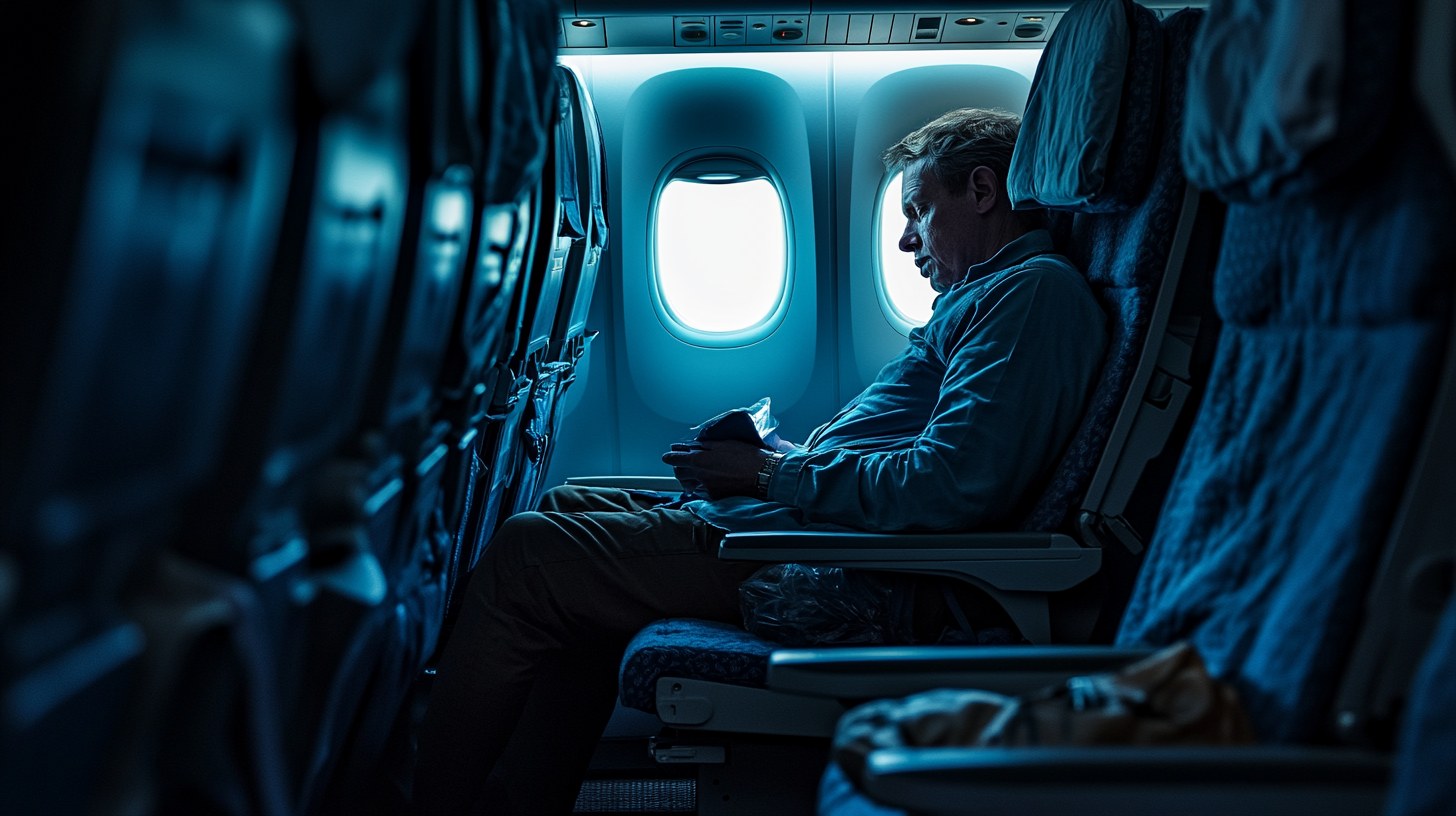
Understanding the nuances of airplane seating is key to ensuring a pleasant flight. Several factors contribute to the discomfort of certain seats, ranging from spatial constraints to proximity to high-traffic areas. Recognizing these elements can help you make informed decisions when booking your next flight. After all, knowledge is power, and being aware of what to avoid can save you from a journey marred by inconvenience and restlessness.
The Middle Seat Dilemma

The dreaded middle seat—sandwiched between two fellow passengers—is often considered the least favorable spot on a plane. Without the luxury of leaning against the window to rest or the freedom to stretch your legs into the aisle, the middle seat offers limited personal space, making passengers feel cramped and restricted. Imagine being stuck between two strangers on a long-haul flight, unable to find a comfortable position and hesitant to disturb your neighbors when nature calls. This scenario highlights why many travelers go to great lengths to avoid the middle seat. However, it’s not all gloom; for some, particularly anxious flyers who prefer being flanked by companions, or families traveling with children, the middle seat can provide a sense of security and togetherness.
Back Row Blues
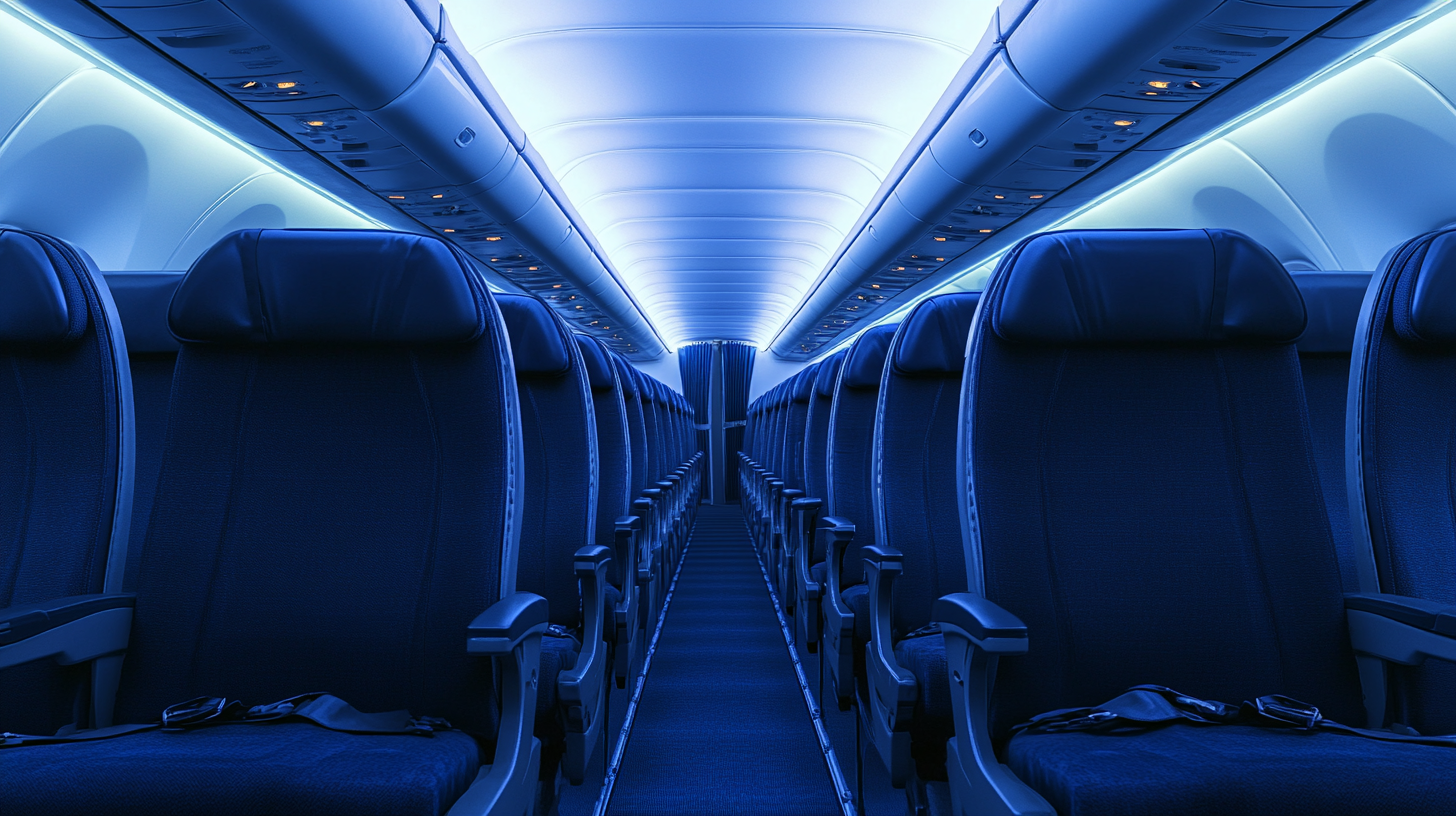
Seats at the back of the plane often come with a unique set of challenges that can dampen the excitement of any journey. Travelers assigned to these seats might experience what is colloquially known as the “back row blues” due to several factors:
- Limited Recline: The final row typically has restricted recline capabilities, as the seats can’t tilt back into the wall partition behind them. This limitation can result in an uncomfortable, upright posture throughout the flight, making it difficult to rest or relax.
- Proximity to Lavatories and Galleys: Positioned near the toilets and kitchen areas, these seats are subjected to increased foot traffic, with passengers constantly passing by, queuing for the restroom, or the cabin crew preparing meals. The hustle and bustle can lead to noise disturbances and exposure to less-than-pleasant aromas emanating from the lavatories.
- Increased Turbulence: The rear of the aircraft tends to experience more pronounced turbulence. As the plane moves through air currents, the tail end sways more than seats located over the wings or towards the front, which can be unsettling for those sensitive to motion.
Despite these drawbacks, it’s noteworthy that historically, the back seats have been considered safer during crashes and are sometimes closer to rear exits. For more detailed insights on why some travelers avoid the back rows, refer to detailed guide on the worst airplane seats .
Seats Near Lavatories and Galleys
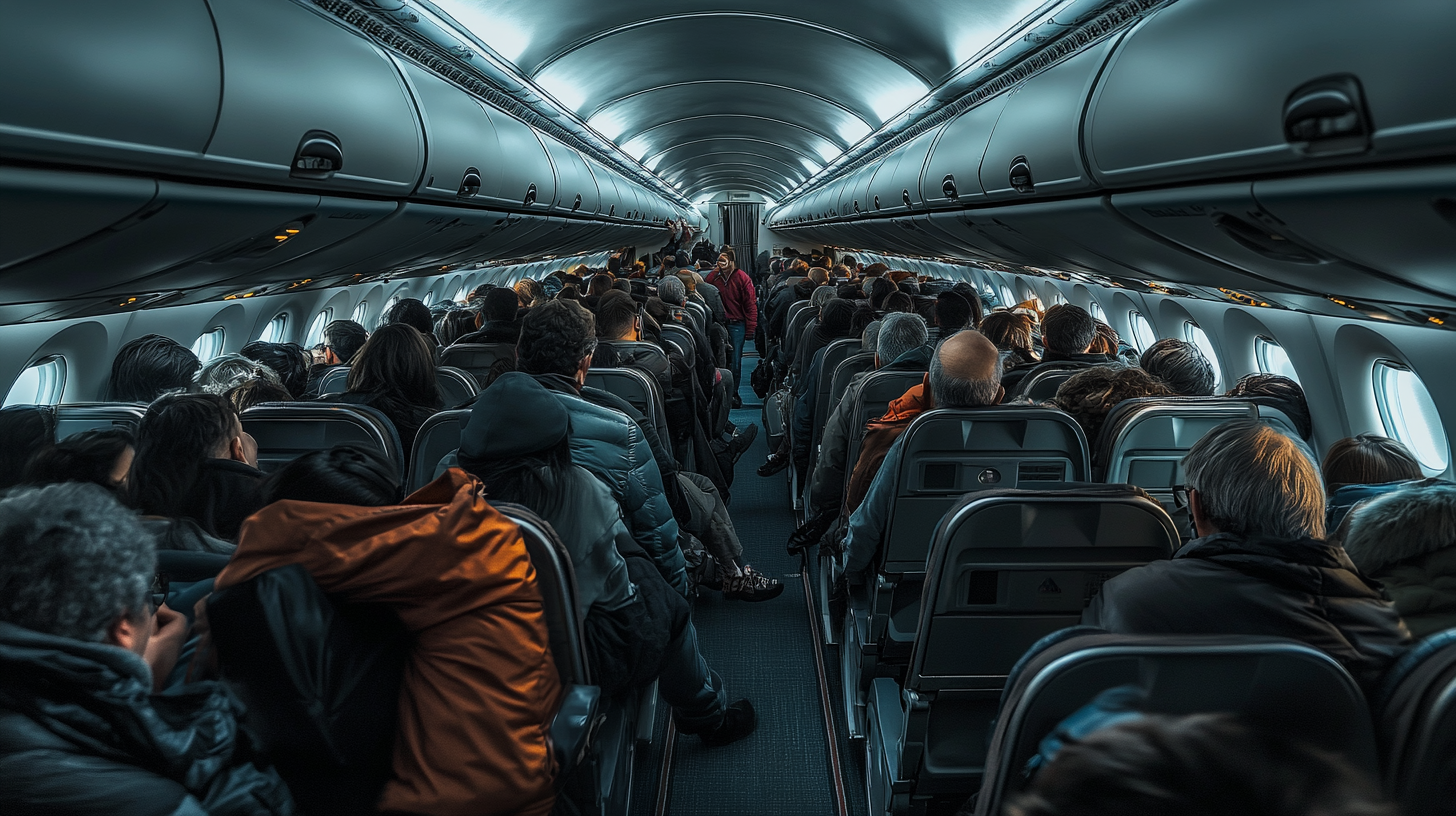
Seats located adjacent to lavatories and galleys are often a source of continuous disturbance throughout the flight. The incessant noise from passengers lining up to use the restroom—conversations, footsteps, and the frequent opening and closing of doors—can shatter any hope of rest. The unmistakable sound of flushing toilets, often startlingly loud, is an unwelcome intrusion, especially during the quiet hours of night flights. Likewise, the galley is a hub of activity; the clattering of dishes, the whirring of equipment, and the commotion of meal preparations by the flight attendants can be particularly disruptive. These factors combined can severely hamper one’s ability to sleep or relax, turning a long journey into an exhausting ordeal. For tips on avoiding such seats, check out comprehensive seat selection strategies .
Bulkhead Seats: A Mixed Bag

Bulkhead seats, positioned at the front of a section or cabin class, are often sought after for their extra legroom and the absence of seats directly ahead, which can provide a sense of spaciousness. Additionally, passengers in these seats may benefit from early service and quicker disembarkation upon landing. However, these perks come with their own set of drawbacks:
- No Under-seat Storage: Since there’s no seat in front of you, personal items cannot be stored at your feet during takeoff and landing. All belongings must be stowed in the overhead compartments, which can be inconvenient if you need access to items during these times.
- Proximity to Bassinets: Airlines often reserve bulkhead seats for passengers with infants, as this is where bassinets are installed. While this is a blessing for families traveling with young children, it may mean that you’ll be seated near crying or restless babies, which can be less than ideal on a long flight.
- Limited Foot Space: Some bulkhead seats have obstructions such as entertainment system boxes or fold-out tray tables that can encroach on your foot space.
Choosing a bulkhead seat is a gamble between enjoying extra legroom and facing potential inconveniences. It’s important to weigh these factors based on your personal preferences and the specifics of your flight. When booking, consult airline seat maps with detailed reviews to understand the specific features of bulkhead seats on your aircraft.
Seats in Front of Emergency Exits

Passengers seated in the row immediately before the emergency exit often find themselves unable to recline their seats. This design is intentional, ensuring that in the event of an emergency, access to the exit is unhindered by tilted seats that could block the pathway. For travelers on long-haul flights, the inability to adjust the seating position can lead to discomfort, stiffness, and difficulty in sleeping. The upright posture can strain the back and neck over extended periods, diminishing the overall in-flight experience. It’s an important consideration for those who value the ability to recline and rest during their journey. For more on the pros and cons of exit row seating, see comprehensive guide to emergency exit rows .
Health Considerations: The Risk of Deep Venous Thromboses (DVTs)
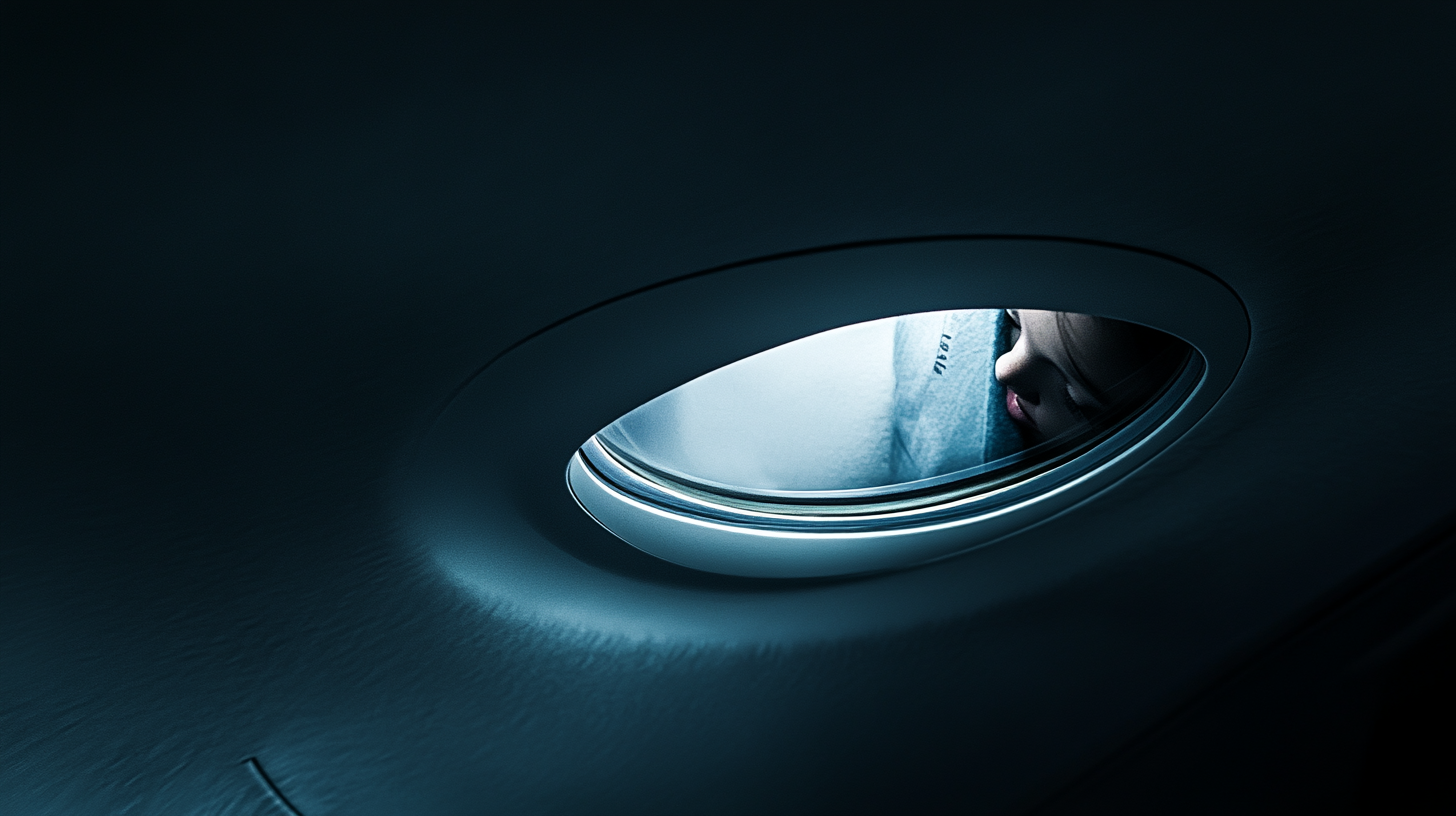
Beyond comfort and convenience, health considerations play a crucial role in seat selection. Long-haul flights, typically lasting over six hours, can pose certain health risks, particularly the development of deep venous thromboses (DVTs). This condition involves the formation of blood clots in deep veins, usually in the legs, which can be life-threatening if the clot travels to the lungs.
Window Seats on Long-Haul Flights
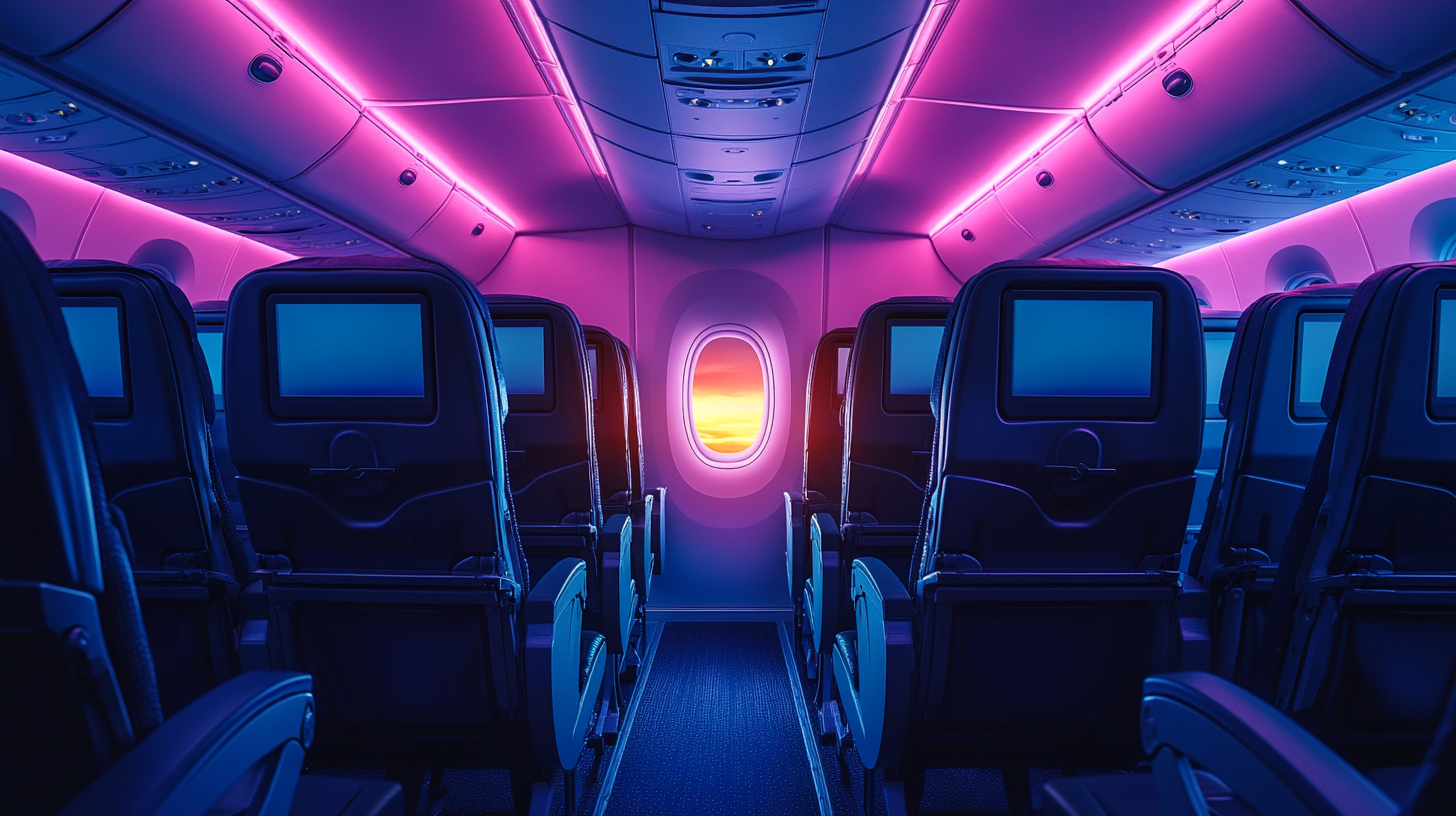
Passengers seated in the window seat are statistically less likely to move about the cabin compared to those in aisle seats. The allure of the view and the barrier of fellow passengers can result in prolonged periods of immobility, leading to decreased blood circulation in the lower limbs. This stagnation increases the risk of clot formation.
To mitigate this risk:
- Set reminders to walk around the cabin periodically, aiming for movement every hour or two.
- Engage in simple ankle and leg exercises while seated, such as ankle circles, foot pumps, and leg lifts, to promote blood flow.
- Wear compression socks, which help maintain proper blood circulation and are especially beneficial for passengers with additional risk factors like age, obesity, or a history of clotting disorders.
While DVTs are relatively rare—occurring in about 1 in 5,000 passengers—the potential severity of the condition makes it a serious consideration. Staying active and attentive to your body’s needs during flights is a prudent precaution that can enhance both your comfort and safety. For further information on maintaining health during flights, consider reading comprehensive guide to preventing DVT on flights .
Pros and Cons of Other Seating Options
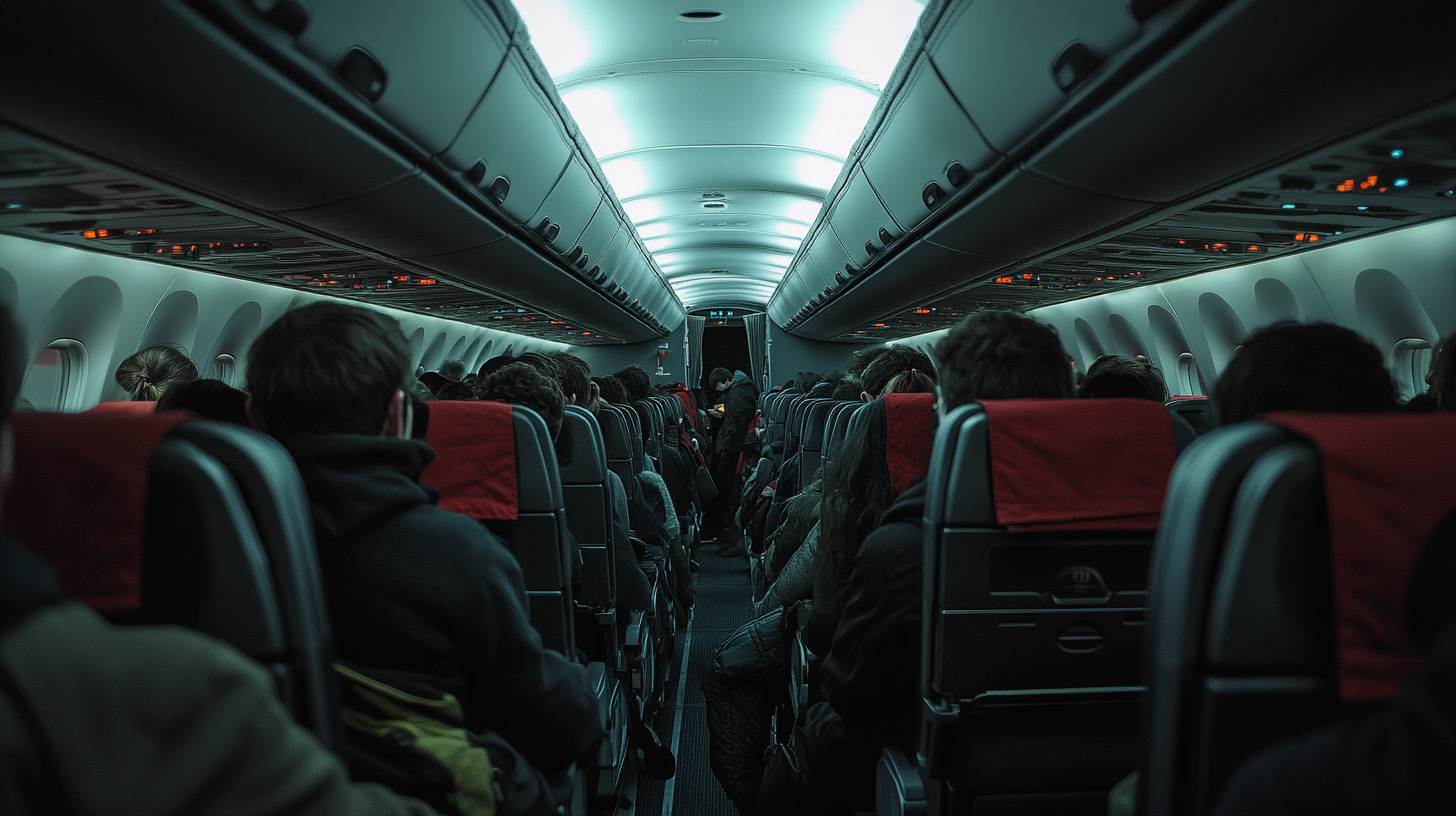
Not all seats are unfavorable. Understanding the benefits and drawbacks of various seating choices can enhance your flight experience.
Emergency Exit Row Seats
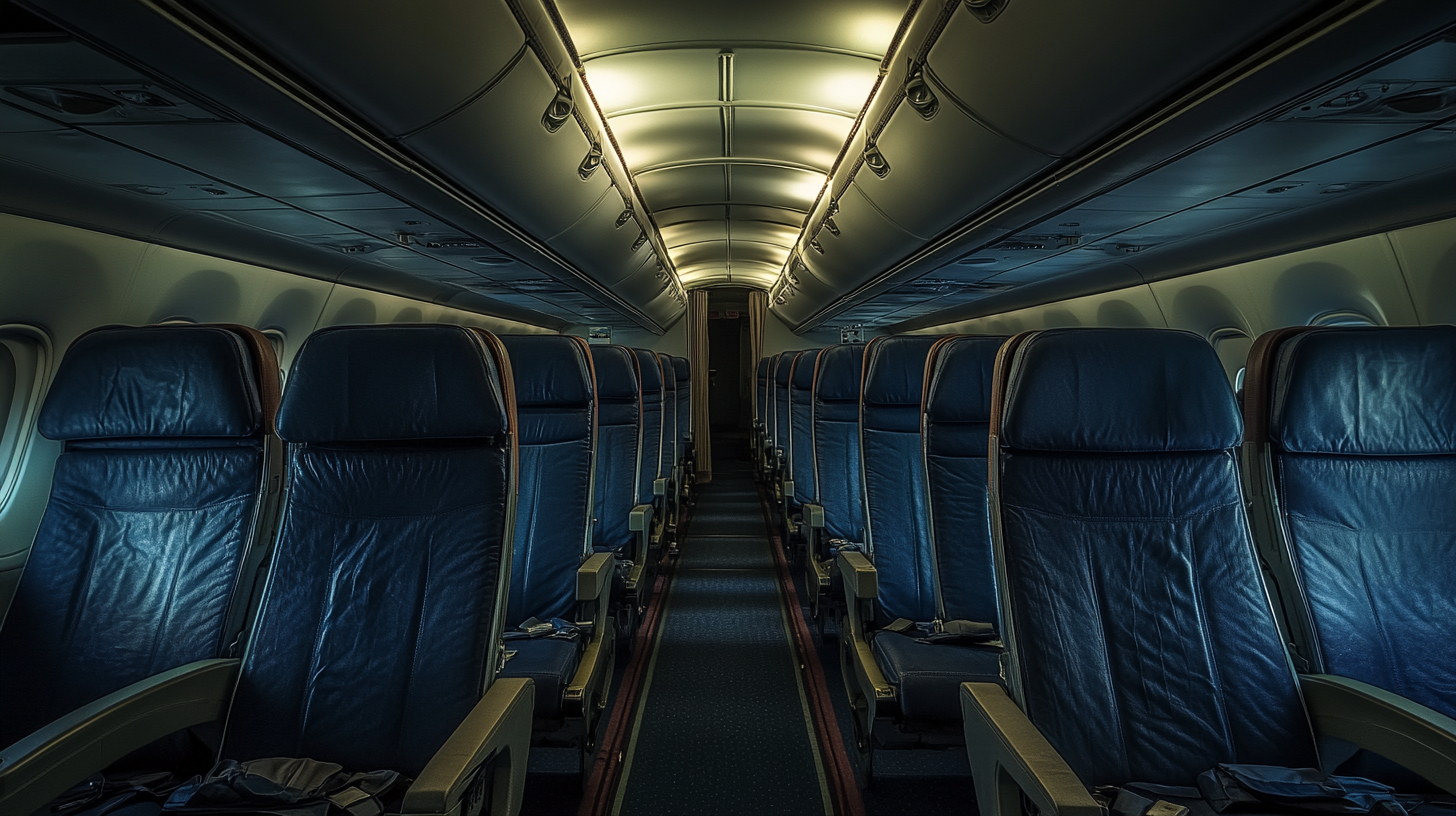
Emergency exit row seats are often coveted for the generous legroom they provide. For taller passengers, this extra space can be a significant relief, allowing for extended legs without encroaching on other passengers’ space. However, securing one of these seats comes with certain caveats:
- Passenger Suitability: Occupants of exit row seats must be willing and able to assist crew members during an emergency. Airlines have strict regulations to ensure that these passengers can understand instructions and are physically capable of operating the emergency exit if required. This responsibility isn’t to be taken lightly, and some passengers may prefer to avoid this added duty.
- Potential Discomforts: Due to their location, exit row seats may be adjacent to doors that are less insulated, resulting in cooler temperatures near the exit. Additionally, these seats sometimes have fixed armrests that house tray tables and entertainment systems, which can make the seat width slightly narrower. The proximity to high-traffic areas can also lead to disturbances.
Choosing an exit row seat is a trade-off between comfort and responsibility. It’s an excellent option for those seeking extra space, provided they are comfortable with the associated obligations. For airline-specific policies on exit row seating, consult airline exit row requirements and benefits .
Front of the Plane

Selecting seats at the front of the cabin can significantly enhance your in-flight experience. These seats are often considered premium for several reasons:
- Less Turbulence: The front of the plane is subject to less motion during turbulence compared to the rear. This stability can make the flight more comfortable, especially for passengers who are sensitive to motion sickness.
- Quieter Environment: Sitting ahead of the engines reduces exposure to the constant drone and vibration they produce. Moreover, being further from the lavatories and galleys means less noise from other passengers and crew activities.
- Quick Disembarkation: Upon arrival, those seated at the front can exit the aircraft sooner. This advantage is valuable for tight connections or simply to expedite the journey, minimizing the time spent in crowded aisles waiting to deplane.
Opting for a seat toward the front can make your journey smoother and more pleasant. However, these seats may come at a premium or be reserved for elite passengers, so planning ahead is key. For strategies on securing front cabin seats, refer to tips for booking prime airplane seats .
Middle of the Plane for Stability

For passengers particularly concerned about turbulence, seats located over the wings, in the middle of the plane, are an optimal choice. The wings serve as the plane’s center of lift and gravity, effectively acting as a fulcrum. This positioning means that the up-and-down motions experienced during turbulence are less pronounced here compared to the front or rear of the aircraft.
Sitting over the wing not only provides a smoother ride but also offers additional benefits:
- Structural Strength: The wing area is one of the strongest parts of the aircraft, providing some passengers with an added sense of security.
- Balanced Environment: The middle of the plane is equidistant from the noise of the engines and the bustle of the galleys and lavatories, resulting in a more balanced atmosphere.
If a stable and serene flight is a priority, selecting a seat over the wings is a wise choice. For more insights on the best seats for turbulence, see guide to choosing seats for a smoother flight .
Strategies to Avoid the Worst Seats

Securing a comfortable seat requires proactive planning. Here are steps to ensure you avoid undesirable spots:
Book Early and Select Your Seat
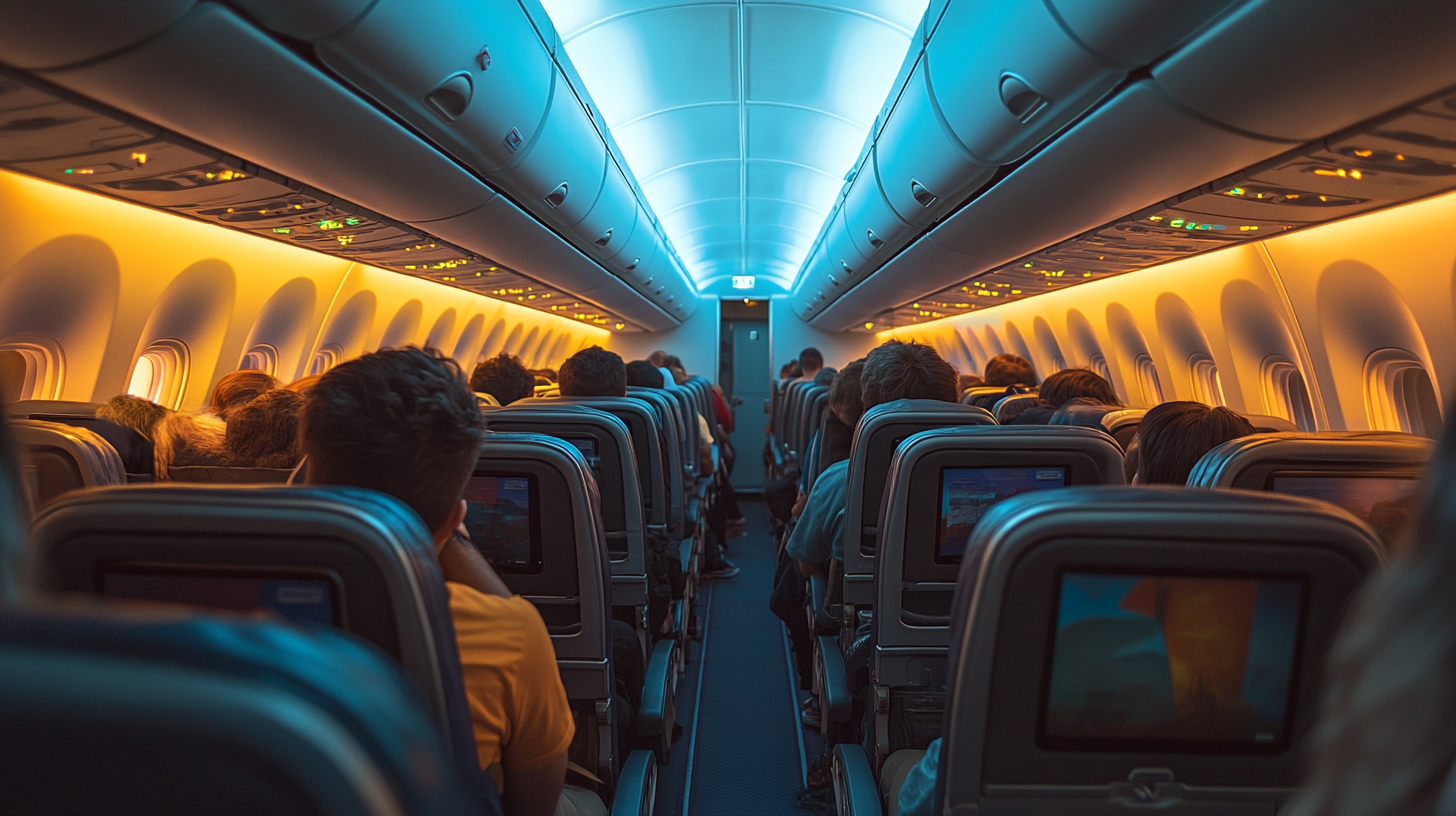
One of the most effective ways to secure a preferable seat is to book your flight early. Early booking typically provides access to a wider array of available seats before they are claimed by other passengers. Most airlines allow seat selection during the booking process, giving you the opportunity to choose the best seats that suit your preferences, whether that’s extra legroom, a specific location in the cabin, or avoiding certain areas. Early selection is especially crucial during peak travel seasons when flights fill up quickly. For a detailed look at when to book flights for the best seat selection, check out timing your flight booking for optimal seat choice .
Consider Seat Layout and Configuration
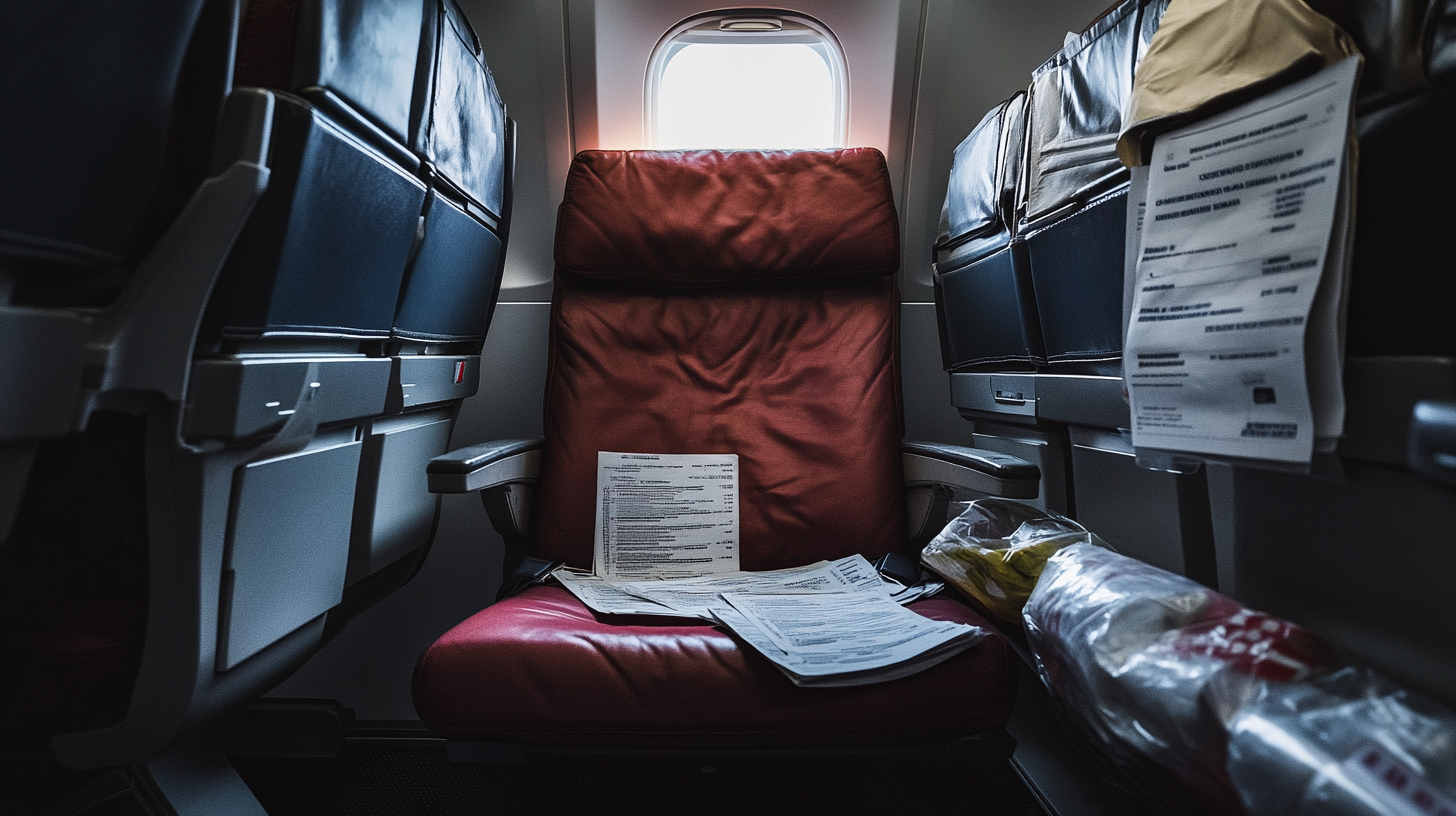
Understanding the aircraft’s seat layout and configuration can greatly improve your chances of securing a desirable seat. Before finalizing your booking, take the time to review the aircraft’s seat map. Different planes have varying seat configurations, such as 2-4-2 or 3-3-3 arrangements. Opting for flights with a configuration that best suits your preferences can reduce the likelihood of ending up in an undesirable seat. For instance, a 2-4-2 configuration offers more aisle and window seats, decreasing the chances of being assigned a middle seat.
Online tools like SeatGuru provide detailed seat maps and insights into the pros and cons of specific seats, though it’s important to verify the accuracy as aircraft models and layouts can change. By familiarizing yourself with the seat layout, you can make strategic choices that enhance your comfort. For resources on deciphering seat maps, refer to how to read airline seat maps effectively .
Be Aware of Airline Policies and Fees

Navigating airline policies regarding seat assignments is essential to avoid unexpected fees and to make sure you get the seat you want. Many airlines have introduced or increased seat selection fees, particularly for seats considered premium due to extra legroom or favorable location. It’s important to read the fine print during the booking process to understand what is included in your fare. Some budget airlines may charge for any seat selection, while others include standard seat assignments at no extra cost.
Budgeting for these potential fees can prevent unpleasant surprises at check-in. Additionally, consider whether the added cost of a premium seat aligns with your comfort needs and overall travel budget. For a breakdown of airline seat fees, consult comprehensive list of airline seat selection policies and charges .
Check In Early
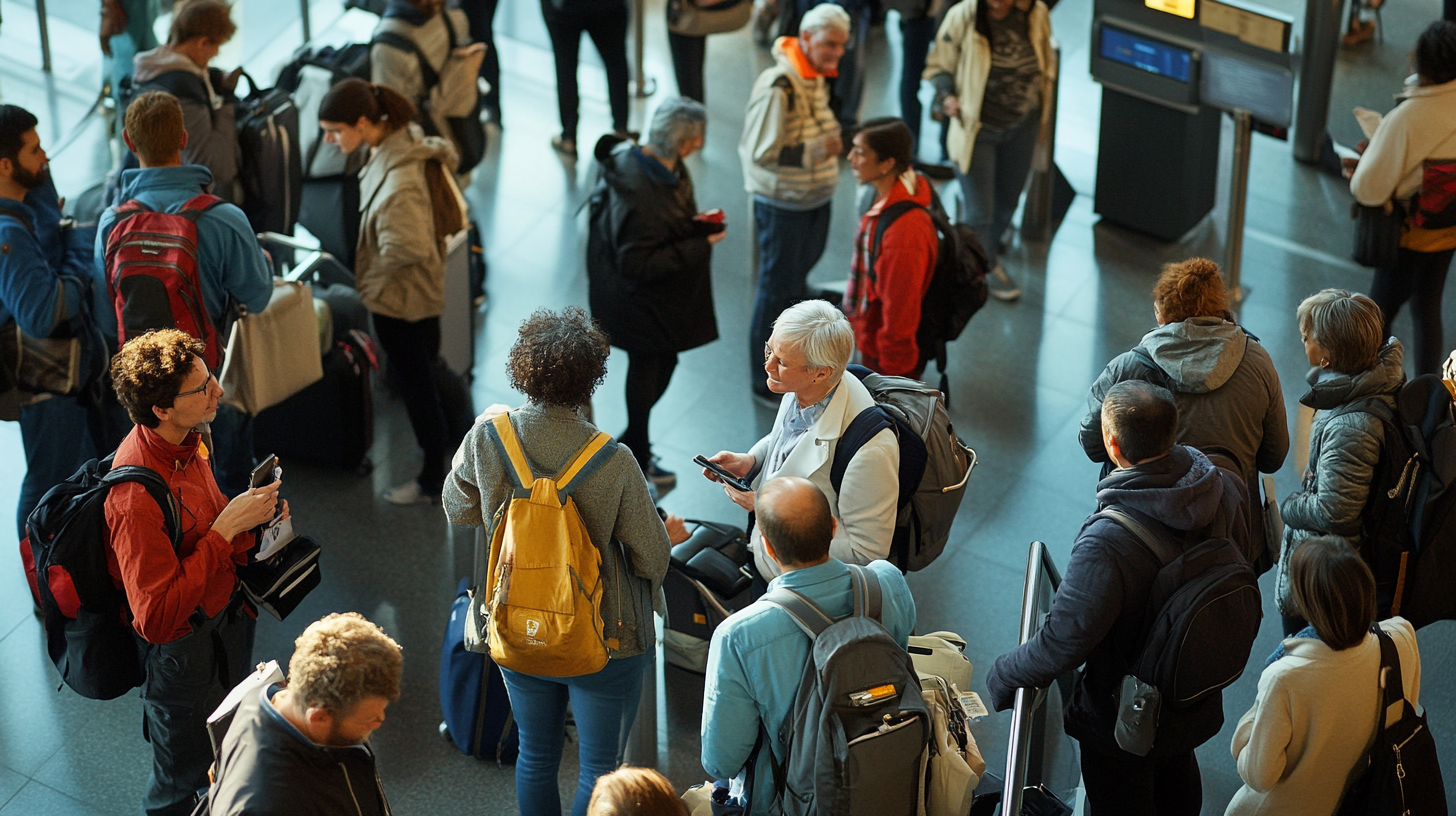
Even if you couldn’t select a seat during booking, checking in early—either online or at the airport—can improve your chances of securing a better seat. Airlines often release additional seat assignments or upgrade options during the check-in window, typically 24 hours before departure.
Arriving early at the airport allows you to speak directly with airline staff who may assist in changing your seat if there are last-minute openings or no-shows. For tips on maximizing seat options during check-in, see securing better seats through early check-in .
Utilize Gate Agents

Upon arriving at the gate, you still have an opportunity to improve your seating situation. Politely engaging with a gate agent can be effective, as they have access to the latest seat assignment information. If you explain your preference or express specific needs—such as requiring an aisle seat for medical reasons—they may be able to accommodate your request, especially if there are unassigned or upgraded seats available.
Approaching the gate agent with courtesy and understanding can go a long way. Remember that while they may not always be able to fulfill your request, it doesn’t hurt to ask. For advice on communicating with gate agents, refer to guide to requesting seat changes at the gate .
Enhancing Comfort During Your Flight
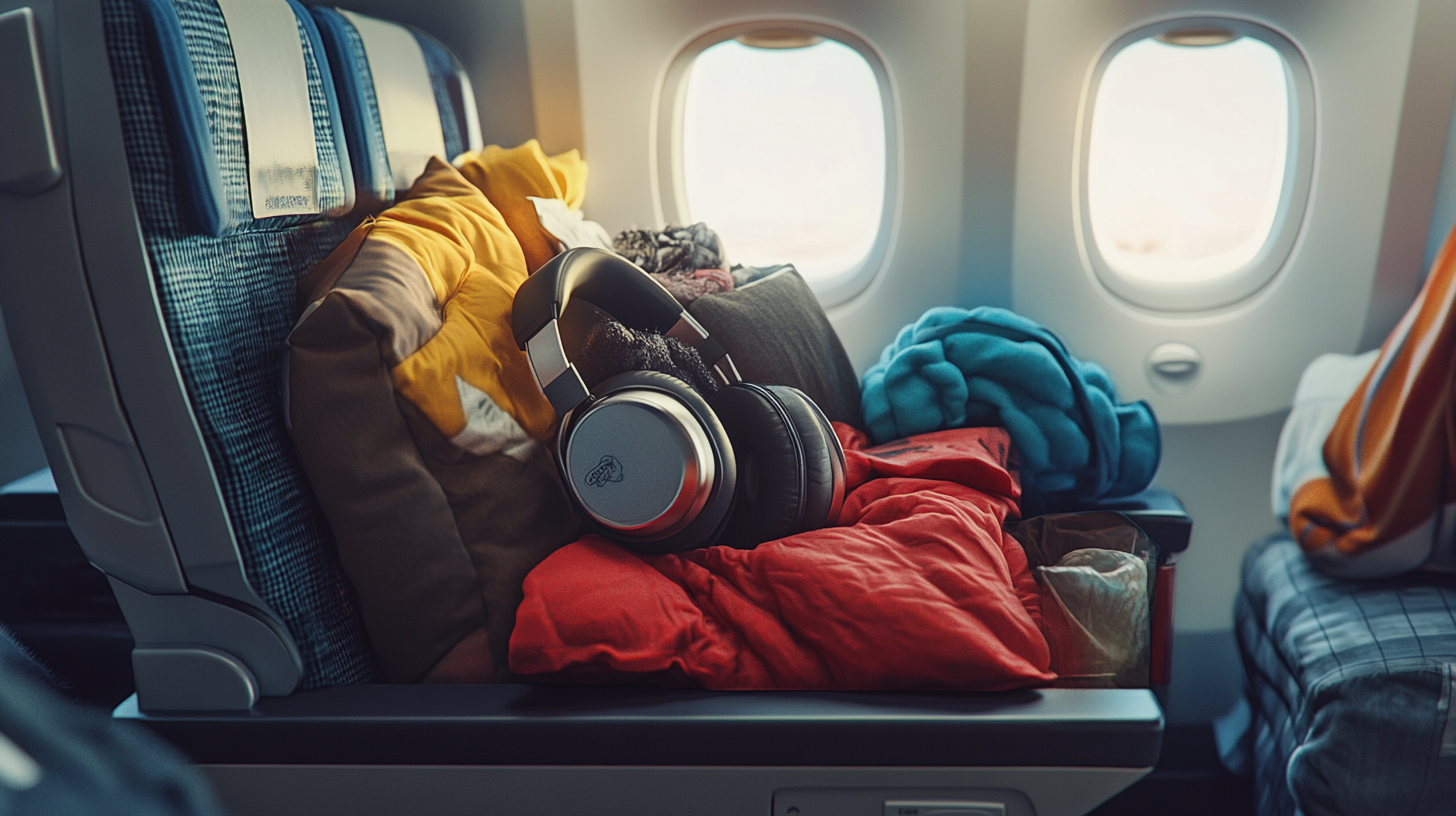
Beyond seat selection, consider these tips to make your journey more pleasant:
Wear Loose Clothing
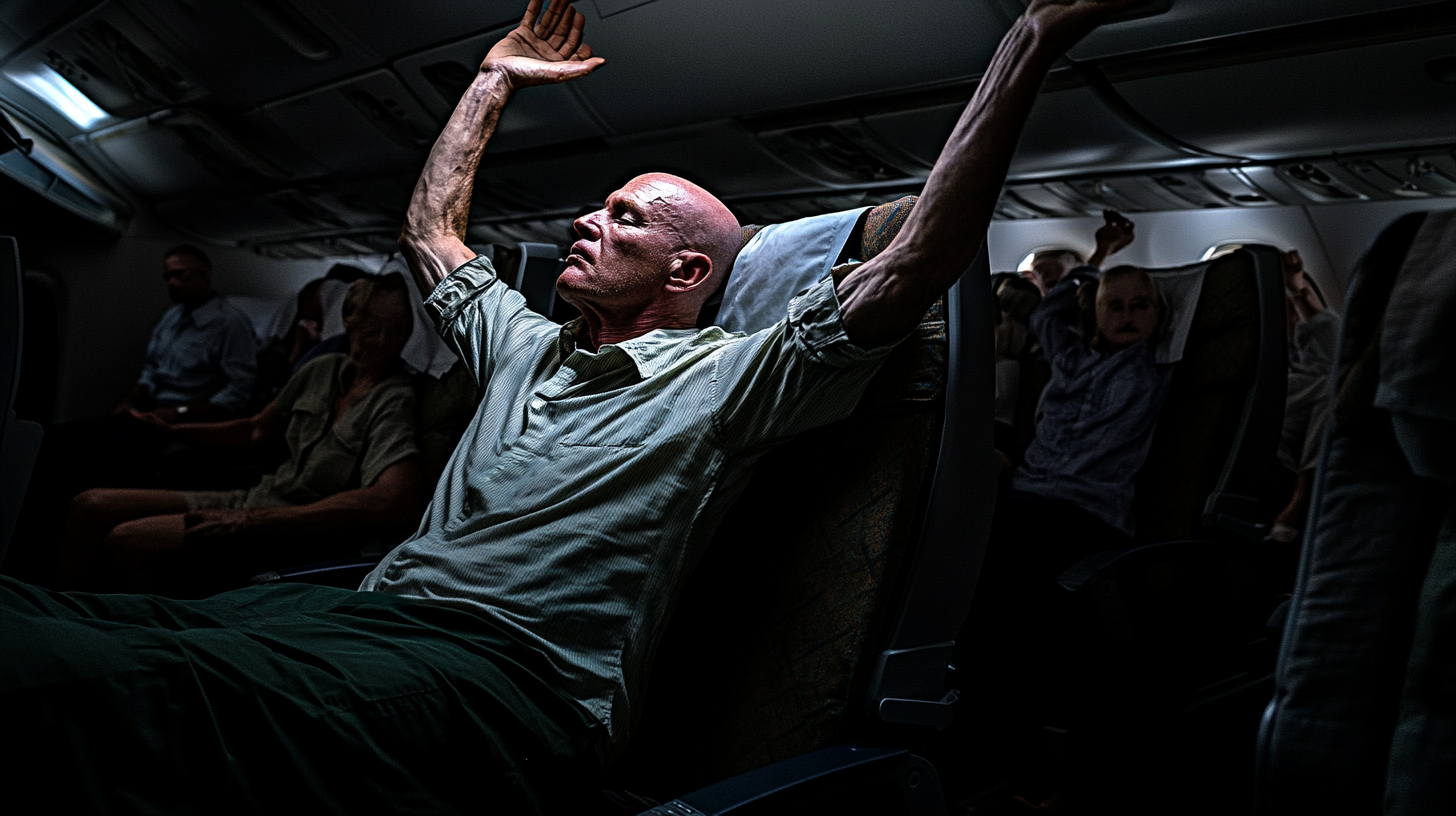
Choosing the right attire can significantly impact your comfort levels during the flight. Opt for loose-fitting, breathable clothing that doesn’t restrict movement or circulation. Tight clothes can contribute to discomfort and increase the risk of DVTs during long periods of immobility. Layers are also beneficial, allowing you to adjust to changing cabin temperatures. For more on dressing appropriately for flights, see best clothing choices for comfortable air travel .
Bring Comfort Accessories

Packing a few key accessories can make a significant difference in your in-flight experience. A supportive neck pillow can prevent stiffness and discomfort, particularly if you plan to sleep. An eye mask and earplugs or noise-canceling headphones can help block out unwanted light and noise, creating a personal haven even in less-than-ideal seating situations.
Other items like a lightweight blanket, compression socks, or even your own snacks can contribute to a more pleasant journey. For a checklist of recommended travel accessories, consult essential in-flight comfort items .
Stay Active In-Flight
Prolonged sitting can lead to stiffness and circulatory issues. Making a conscious effort to stay active during the flight can alleviate these problems. Take opportunities to stand up, stretch, and walk along the aisle when the seatbelt sign is off. While seated, perform leg lifts, ankle rotations, and foot pumps to keep blood flowing.
Staying hydrated is also important; however, be mindful of caffeine and alcohol, which can contribute to dehydration. For more exercises and tips, see in-flight exercises for optimal health .
Final Thoughts
Air travel comes with its share of unpredictability—flight delays, weather conditions, and the behavior of fellow passengers are beyond any individual’s control. However, one aspect you can influence is your seat selection. By equipping yourself with the knowledge of which seats to avoid and implementing strategies to secure the best possible seating, you take a proactive step toward ensuring a comfortable and pleasant journey.
Follow us back to Seat 5A for more insights and tips on enhancing your travel experience. Remember, careful planning and informed choices can transform your flight from merely tolerable to truly enjoyable. Embrace these insights, prioritize your well-being, and let your next flight be a testament to the benefits of thoughtful preparation.
This blog post was AI-written / human assisted.

